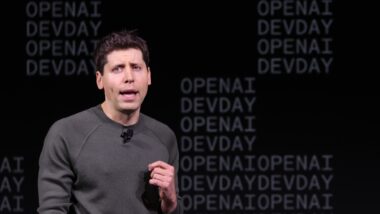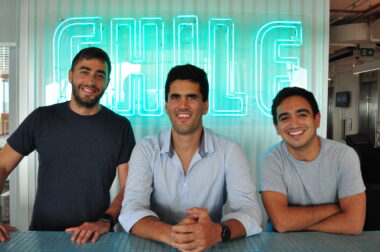The rise of virtual influencers like the pink-haired Aitana Lopez, followed by over 200,000 people and promoting brands such as Olaplex and Victoria’s Secret, represents a significant shift in the $21bn content creator economy. These digital avatars, generated using artificial intelligence, offer a lucrative alternative for brands seeking to maximize reach and minimize costs, with some commanding up to $1,000 per post.
However, this trend has sparked concerns among human influencers, fearing income loss to these AI-driven counterparts.
Brands are drawn to virtual influencers for their cost-effectiveness, control, and avoidance of human-centric controversies. Notable partnerships include Noonoouri with Kim Kardashian’s KKW Beauty and Ayayi with Louis Vuitton, demonstrating the widespread adoption of these hyper-realistic AI creations.
Studies show virtual influencers like Kuki in an H&M advert reached 11 times more people and significantly reduced cost per impression, emphasizing their effectiveness in brand recall and awareness.
Despite regulations like India’s mandate for virtual influencers to reveal their AI origins, the debate continues on disclosure ethics and the impact on genuine human interaction. Virtual influencers like Lil Miquela, with deals worth hundreds of thousands of dollars and a diverse global following, highlight the complex interplay of AI, culture, and commerce in the influencer industry.
While companies like Dapper Labs stress the unique storytelling and human touch behind virtual creators, critics argue that AI-driven influencers, often overly sexualized and profit-driven, pose broader ethical and social questions, especially regarding representation and authenticity in digital spaces.






